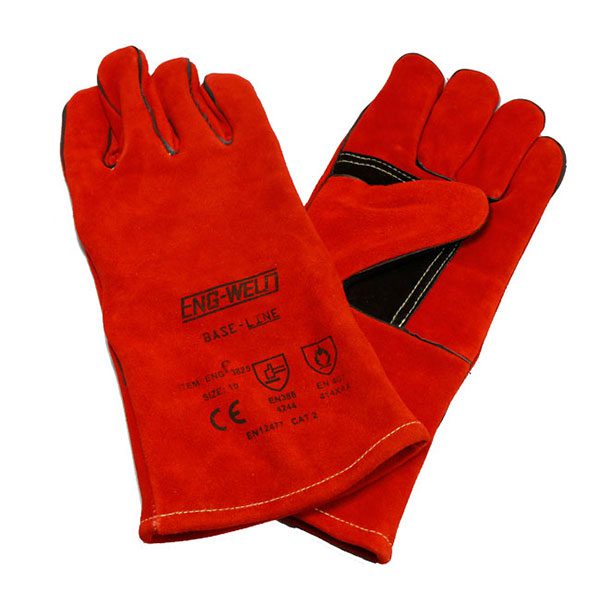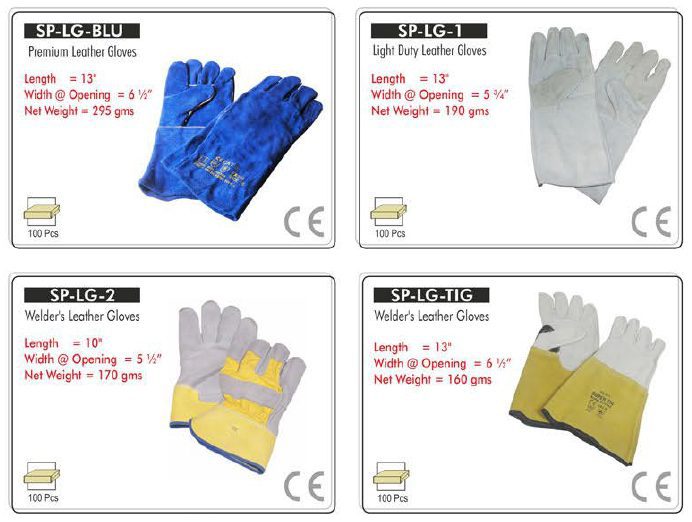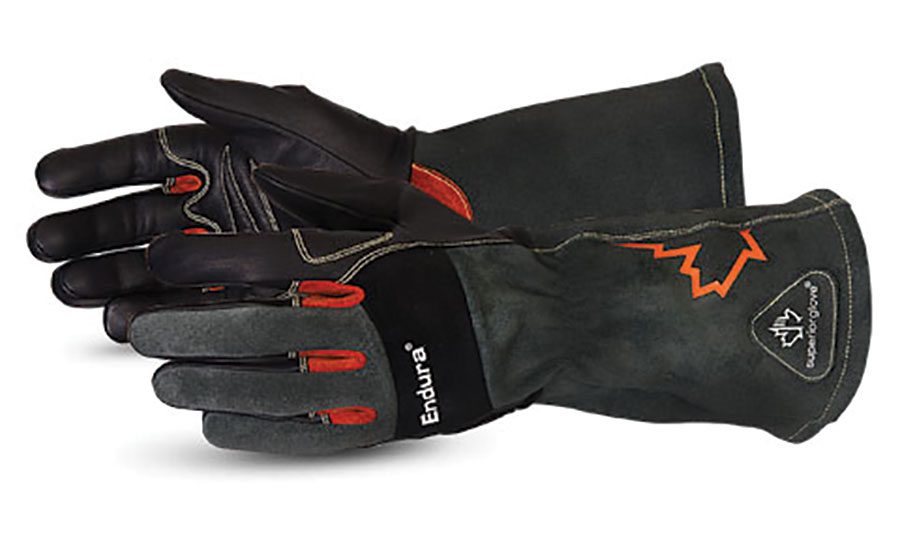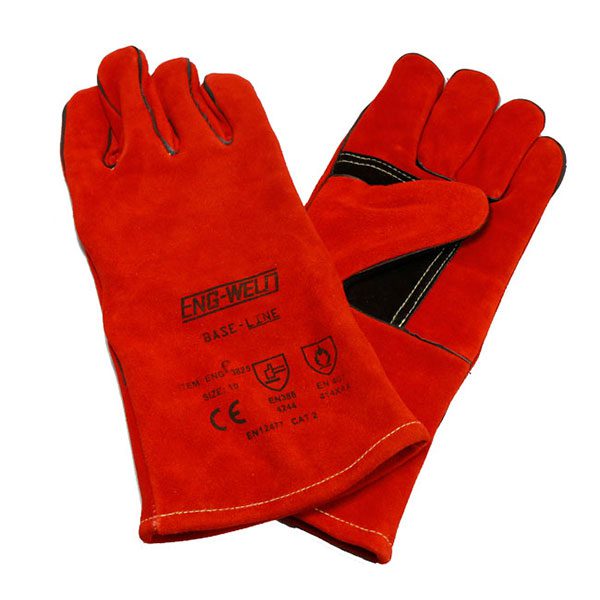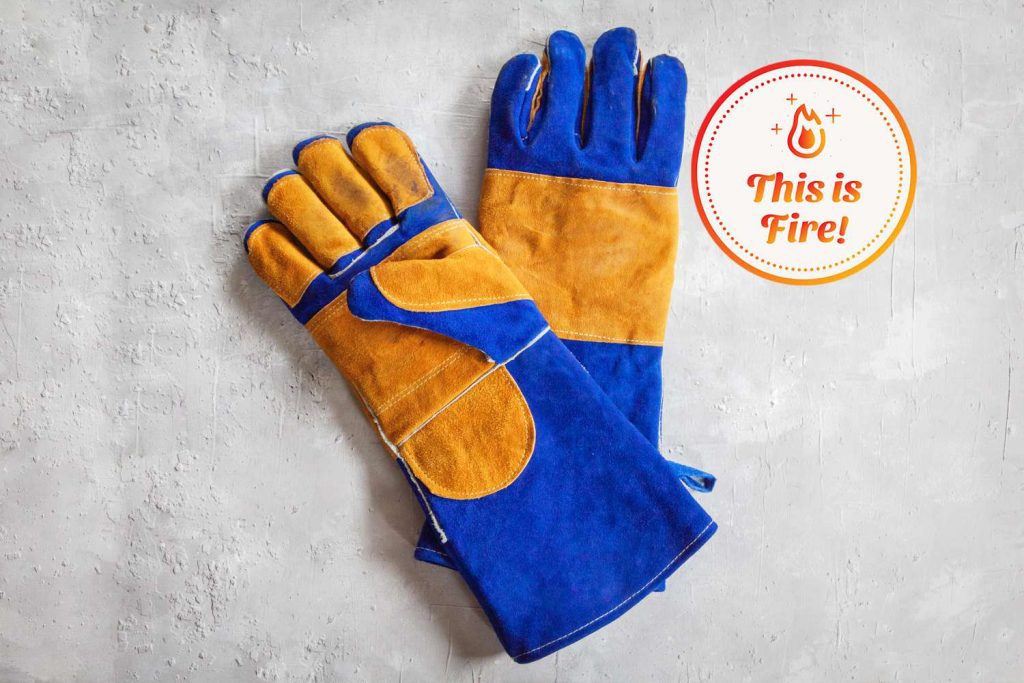In the world of welding, safety is paramount. And when it comes to protecting our hands, we often wonder if regular gloves can hold up to the intense heat and flying sparks. In this article, we’ll explore the question that many DIY welders ask: Can I use regular gloves for welding? We’ll uncover the important factors to consider and provide you with the answers you need to ensure your hands stay safe during your welding adventures. So let’s dive in and find out if regular gloves are up to the task!
Safety Hazards of Welding with Regular Gloves
Welding is a hazardous activity that requires utmost caution and the right safety gear. One critical aspect of welding safety is the use of appropriate gloves. Regular gloves, however, are not designed to withstand the extreme conditions of welding and pose several safety hazards. Let’s delve into the risks of using regular gloves for welding and explore the benefits of using specialized welding gloves.
Risk of burns
Regular gloves are typically made of materials with low heat resistance, which leaves welders susceptible to burns. Welding involves intense heat, and without proper protection, the risk of severe burns increases significantly. Welding gloves, on the other hand, are made from materials such as leather or heat-resistant fabrics that can withstand the high temperatures encountered during welding operations. These specialized gloves provide a barrier between the welder’s hands and the heat source, reducing the risk of burns.
Lack of heat resistance
Regular gloves lack the necessary heat resistance required for welding. The extreme temperatures generated during welding can quickly cause regular gloves to melt, leading to serious injuries. Welding gloves, however, are designed to withstand the intense heat, providing welders with the necessary protection.
Insufficient protection from sparks and slag
During the welding process, sparks, molten metal, and slag are generated. These flying particles can cause burns and injuries if they come into contact with unprotected hands. Regular gloves are not designed to provide sufficient protection against sparks and slag, and thus, they pose a significant safety hazard. Welding gloves, on the other hand, are specifically designed to shield hands from these hazards, reducing the risk of injuries.
Inadequate dexterity and grip
Welding requires precision and control, making dexterity and grip crucial. Regular gloves can be bulky and restrict movement, making it challenging to handle welding equipment and perform intricate tasks. In contrast, welding gloves are carefully designed to provide a balance between protection and dexterity. They offer more flexibility and a better grip, allowing welders to maneuver the tools with ease and perform their welding tasks more effectively.
Types of Gloves for Welding
To ensure utmost safety and protection during welding operations, various types of gloves are available. Each type is designed to address specific requirements and hazards associated with welding. Let’s explore the different types of gloves for welding.
Welding gloves
Welding gloves are specially designed to protect welders from heat, sparks, and slag. They are typically made from high-quality leather, providing excellent heat resistance and durability. Welding gloves also offer extended cuffs to protect the wrists and lower arms from heat and potential burns. These gloves are essential for all types of welding processes, providing comprehensive protection and comfort.
Heat-resistant gloves
Heat-resistant gloves are another option for welders who require protection against high temperatures. These gloves are made from specialized materials that can withstand extreme heat. Heat-resistant gloves often incorporate additional features such as flame resistance and insulation, further enhancing their protective capabilities. While designed for various applications, they are also suitable for welding tasks that involve exceptionally high temperatures.
Leather work gloves
Leather work gloves offer a versatile option for welding tasks that do not involve significant heat exposure. These gloves are typically made of durable leather and provide excellent grip and dexterity. Although they may not offer the same level of heat resistance as welding gloves or heat-resistant gloves, leather work gloves still provide a valuable level of protection for light welding tasks or when heat is not a primary concern.
This image is property of www.weldingaccessoriesindia.com.
Features to Look for in Welding Gloves
When selecting welding gloves, it is essential to consider specific features that will provide optimal protection and comfort. Several key features should be considered when choosing welding gloves.
Heat resistance
One of the primary features to look for in welding gloves is heat resistance. The gloves should be able to withstand the high temperatures encountered during welding operations without compromising the safety of the welder. Opt for gloves made from materials specifically designed to resist heat, such as high-quality leather or specialized fabrics.
Flame resistance
In addition to heat resistance, flame resistance is another critical feature to consider. Welding processes often involve open flames or sparks, increasing the risk of fire-related accidents. Ensure that the welding gloves you choose have flame-resistant properties that can protect against flames and sparks.
Sparks and slag resistance
To effectively shield hands from sparks and slag, welding gloves should have excellent resistance to these hazardous particles. Look for gloves that offer multiple layers or reinforced materials in areas prone to contact with sparks and slag. This feature is crucial in preventing burn injuries caused by flying sparks or molten metal.
Dexterity and grip
Welding requires precision and intricate hand movements. Therefore, it is important to find gloves that offer sufficient dexterity and a reliable grip. Look for gloves that are not overly bulky and allow for easy manipulation of welding equipment. Additionally, consider gloves with textured palms or fingers to enhance grip.
Durability and longevity
Welding gloves should be able to withstand the harsh conditions of welding and maintain their protective qualities over time. Look for gloves made from durable materials that can withstand frequent usage and exposure to heat and sparks. Reinforced stitching and high-quality construction are indicators of gloves that will last longer and provide consistent protection.
Comfort and flexibility
Working long hours in uncomfortable gloves can lead to fatigue and decreased performance. Therefore, it is essential to prioritize comfort and flexibility when selecting welding gloves. Look for gloves with a comfortable fit, adjustable straps, and breathable materials. Gloves that provide good flexibility will enable the welder to perform tasks more efficiently and with less discomfort.
Benefits of Using Welding Gloves
Using specialized welding gloves has numerous advantages, ranging from increased protection to improved performance. Let’s explore the benefits of using welding gloves.
Superior protection
Welding gloves offer superior protection compared to regular gloves. Their heat resistance, flame resistance, and specialized design significantly reduce the risk of burns, injuries from flying sparks, and exposure to molten metal. By providing a robust barrier between the welder’s hands and potential hazards, welding gloves greatly enhance overall safety.
Increased safety
With their comprehensive protection against heat, flames, and flying particles, welding gloves significantly increase safety in welding operations. By minimizing the risks of burns, injuries, and fire-related accidents, welding gloves ensure that welders can work confidently and with peace of mind. The enhanced safety provided by welding gloves ultimately reduces the potential for accidents and promotes a safer work environment.
Improved performance and efficiency
The dexterity and grip provided by welding gloves have a direct impact on a welder’s performance and efficiency. Welding gloves are specifically designed to allow for precise hand movements, enabling welders to handle welding equipment with ease. The improved grip facilitates better control and accuracy, leading to more efficient and higher-quality welds. By enhancing performance and efficiency, welding gloves contribute to the overall effectiveness of welding tasks.
This image is property of www.ishn.com.
Risks of Using Regular Gloves for Welding
Using regular gloves for welding poses several risks that can compromise safety and performance. It is important to understand these risks to appreciate the importance of using specialized welding gloves.
Burns and injuries
Regular gloves are not designed to withstand the extreme heat encountered during welding, making them highly susceptible to burns. The lack of proper heat resistance can result in severe burn injuries, potentially leading to long-term complications. Moreover, regular gloves offer minimal protection against sparks, slag, and flying particles, increasing the risk of injuries to the hands. By wearing regular gloves, welders are more vulnerable to burns and injuries that could have been prevented with proper welding gloves.
Reduced safety
Regular gloves do not offer the same level of protection as welding gloves, leaving welders exposed to various hazards. Lack of heat resistance, flame resistance, and sparks protection significantly reduces safety and increases the likelihood of accidents. Additionally, the inadequate grip and dexterity of regular gloves can impede the control and precision required for welding tasks, further compromising safety.
Decreased performance
Regular gloves are not optimized for welding tasks, leading to decreased performance and efficiency. The bulkiness and lack of flexibility often associated with regular gloves hinder precise hand movements and make it challenging to handle welding equipment. This can result in subpar weld quality, increased rework, and a decrease in overall productivity. By using regular gloves instead of welding gloves, welders may experience difficulties in meeting the necessary standards and achieving satisfactory outcomes.
Selecting the Right Gloves for Welding
To ensure proper protection and maximize comfort, it is crucial to select the right gloves for welding. Consider the following factors when choosing welding gloves.
Identify the welding process
Different welding processes involve varying levels of heat, sparks, and slag. Identify the specific welding process you will be undertaking to determine the appropriate type of gloves. For instance, TIG welding may require gloves with excellent dexterity, while heavy-duty MIG welding may necessitate gloves with enhanced heat resistance.
Consider the material
Welding gloves are commonly made from leather or specialized fabric blends. Leather gloves offer durability and good heat resistance, making them suitable for a range of welding applications. Specialized fabric blends, on the other hand, provide enhanced heat resistance, flame resistance, and flexibility. Consider the advantages and disadvantages of each material to choose the most suitable option for your welding needs.
Determine the required features
Based on the hazards involved in your welding process, identify the specific features you require in your gloves. Consider factors such as heat resistance, flame resistance, sparks and slag resistance, dexterity, grip, and overall comfort. Prioritizing the necessary features will ensure that you select gloves that provide optimal protection and functionality.
Ensure proper fit and size
Welding gloves that do not fit properly can compromise both protection and comfort. Gloves that are too loose may increase the risk of slippage and decreased dexterity, while gloves that are too tight can cause discomfort and hinder blood circulation. Ensure that you choose gloves of the appropriate size and fit to maximize safety and ease of use.
This image is property of cdn.engweld.co.uk.
Proper Care and Maintenance of Welding Gloves
To extend the lifespan of your welding gloves and ensure their continued effectiveness, proper care and maintenance are essential. Follow these guidelines to keep your gloves in optimal condition.
Cleaning and washing
Regularly clean your welding gloves to remove dirt, debris, and any potential contaminants. Use a mild detergent and warm water to gently handwash the gloves. Avoid using harsh chemicals or abrasive cleaners that could damage the gloves. After washing, thoroughly rinse the gloves and allow them to air dry completely before storing or using them again.
Inspecting for damage or wear
Regularly inspect your welding gloves for any signs of damage or wear. Look for tears, holes, or frayed stitching that may compromise their protective capabilities. Additionally, check for any loss of insulation or heat resistance, as this can indicate wear and reduced effectiveness. If you notice any significant damage or wear, it is advisable to replace the gloves to ensure continued safety.
Storing correctly
Proper storage is crucial to maintain the condition and effectiveness of your welding gloves. Store them in a cool, dry place away from direct sunlight and any potential sources of heat. Avoid folding or crumpling the gloves, as this can cause creases or deformities. Consider using a glove hanger or a designated glove storage box to keep them organized and protected.
Alternatives to Welding Gloves
While welding gloves are the most commonly used protective gear, there are alternative options available for specific welding tasks or additional protection. Let’s explore some alternatives to welding gloves.
Welding gauntlets
Welding gauntlets are similar to welding gloves but offer extended protection for the forearms and even part of the upper arm. They provide comprehensive shielding against heat, sparks, and slag, making them ideal for high-risk welding operations. Welding gauntlets are particularly useful when working with heavy machinery or in confined spaces where the risk of injury is heightened.
Welding sleeves
Welding sleeves offer an alternative to full gloves, focusing on protecting the lower arms from heat, flames, and sparks. These sleeves are typically made from materials with high heat resistance and offer similar protective properties as welding gloves. Welding sleeves are an excellent option when dexterity and grip are a priority, such as when handling intricate welding tasks.
Welding aprons
Welding aprons provide additional protection for the upper body and lower extremities. They are made from flame-resistant materials and protect against sparks, molten metal, and minor heat exposure. Welding aprons are commonly used in situations where welding gloves alone do not provide sufficient overall protection, such as in close proximity to high-heat sources or when working with larger welding equipment.
This image is property of www.thespruceeats.com.
Conclusion
Safety should always be the top priority in welding operations, and using proper protective gear is paramount. While regular gloves may seem convenient, they are not suitable for welding due to the various safety hazards they pose. Investing in specialized welding gloves that offer superior protection against burns, sparks, and slag is essential to ensure an accident-free work environment.
By understanding the risks associated with using regular gloves for welding, welders can make informed decisions and prioritize their safety. Selecting the right gloves for welding, considering factors such as heat resistance, flame resistance, sparks protection, dexterity, and fit, will further enhance safety and performance.
Proper care and maintenance of welding gloves, along with considering alternative options such as welding gauntlets, sleeves, and aprons, completes the comprehensive approach to welding safety. By following these guidelines and prioritizing safety at all times, welders can confidently carry out their tasks, knowing that they are adequately protected against the hazards of welding.


